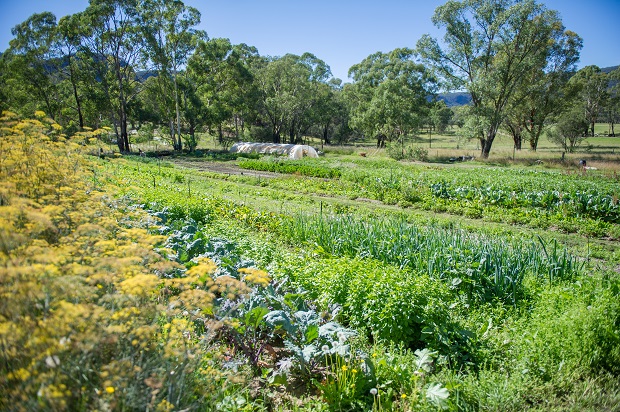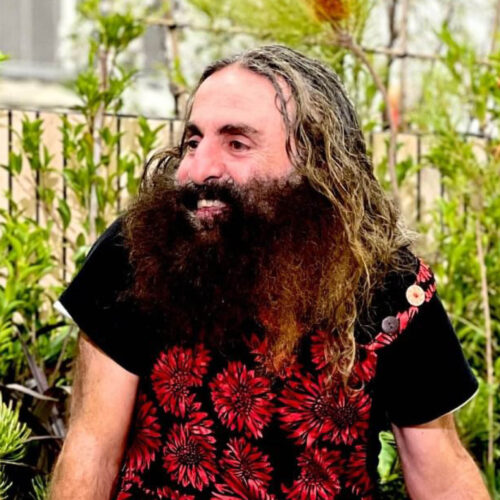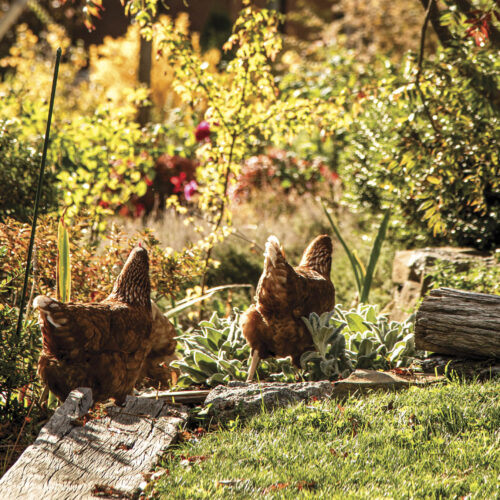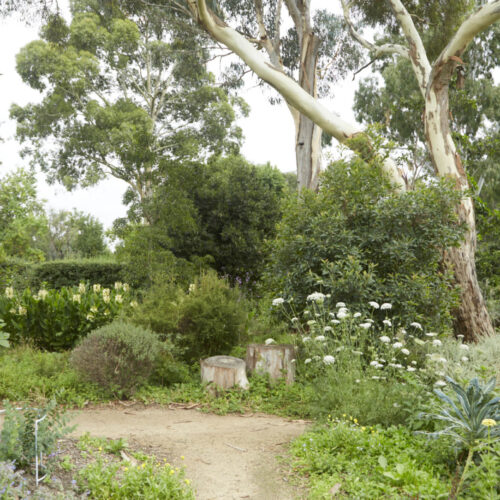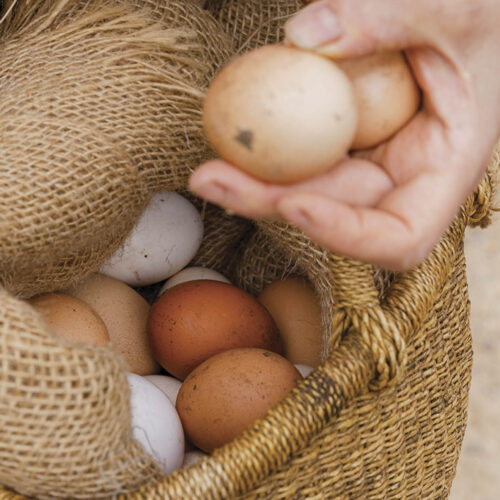A farm in the valley
2016-06-28T03:58:11+10:00
JACQUELINE FORSTER visits a market garden in the Kanimbla Valley growing organic produce for top Sydney restaurants.
Tucked under the imposing façade of the Blackheath escarpment, just west of the Blue Mountains in NSW, First Farm Organics is a mixed market garden owned and operated by South African-born Fabrice Rolando.
Over five acres are currently under cultivation with a huge range of seasonal produce including various varieties of cauliflower, kohlrabi, collard greens, broccoli, cabbage, kale, carrot, radish, beetroot, turnip, onion, leek, lettuce, heirloom tomatoes, tomatillo, squash, eggplant, Dutch cream, King Edward and Kipfler potatoes, baby zebra butternut and Queensland blue pumpkins, Lebanese and Mexican sour cucumbers, capsicum, purple podded and French bush beans, asparagus, Romanesco and Ronde de Nice zucchinis, rare veg like the loose leaf collard green or Portuguese cabbage (used in caldo verde) and African gem squash, herbs and other salad greens. In fact the sheer volume and variety of produce of the market garden is staggering.
Fabrice’s background in horticulture was nurtured working alongside the likes of Gardening Australia’s Jerry Coleby-Williams at the Royal Botanic Gardens in Sydney and the Blue Mountains Botanic Gardens at Mt Tomah, and while running his own garden design business, but his deep-seated love for food growing comes from his upbringing in Mauritius.
His French-Mauritian roots are evident as we wander around the patch discussing recipes his granny used to make like pumpkin tip bouillon and buttered baby African gem squash. “She lived to 97 and was a really good gardener. I think that’s where I get it from,” he explains.
Pent up in a management role at the Botanic Gardens Fabrice longed to get his hands back into the dirt. That dirt became the fertile soil of First Farm Organics. “We’re blessed here with Blackheath Creek at the back and two spring fed dams, it’s actually a small alluvial flood plain so it’s really fertile. It’s bound up in clay but once you release that it’s really good soil,” he says. And according to Fabrice it’s all about the soil. “For the first couple of years I had no crops it was only about the soil which I improved with mushroom compost, chicken manure and green cover crops.”
Utilising organic principles and ocasional allowable inputs like pyrethrum spray and rock minerals, dolomite and gypsum, Fabrice worked with the land, even making the most of invasive weeds. “Sometimes weeds get on top of you but the whole idea is to build fertility in the soil so the vegetables push through the weeds,” he explains. Some weeds are even useful. “Thistles push through the clay, their large tap root cracking up the subsoil so that when I add fertility at the top it permeates down.
“Weeds are still green, they’ve got chlorophyll, and they are little factories producing their own energy, their own food and trace elements. Vegetables are surface feeders but the weeds go deep. I use sorrel, long Japanese turnip, daikon and Italian radish in the same way.”
The main growing area is divided into 18 x 10 metre beds where Fabrice practises his own version of crop rotation, row by row. “Leaf, fruit, root as a rule of thumb,” he says, “and then I do my own system.” Nitrogen-fixing broadbeans have a dual purpose with the tips and flowers making their way onto restaurant menus in flavoursome salads. “I try to tweak the soil by close observation, tactile feel of the soil, experimentation and documentation,” Fabrice explains.
Presently he is experimenting with intercropping for productivity and weed control and concentrating on building soil and plant nutrient density.
Apart from sometimes severe frosts and the vagaries of a changing climate the local marsupial rats can be a problem in the polytunnel – what Fabrice calls the “the womb of the operation”. Here seedlings are nurtured for planting out, protected in winter, and hydrated by an automated watering system.
Fabrice’s wife Susan and daughter Nathalie help out in the fields harvesting produce bound for Blue Mountains restaurants like Vesta at Blackheath and Leura Garage as well as top-end fine diners in the city, Bentleys, Silvereye, Hubert, Lumi and more recently the internationally acclaimed Noma pop-up.
Given his passion for produce I sense Fabrice is really a foodie in a gardener’s guise – but why should there be a distinction? “I want to educate chefs about produce,” he says. “When chefs are slaving away in a hot kitchen under pressure to churn out cost-effective covers there is no inspiration. That inspiration comes from the garden. They need to come to the farm where the produce is grown and be inspired and then go back to the kitchen and create.
“At the end of the day no matter how efficient the duopoly runs its marketplace whatever veg you buy is old,” Fabrice states matter-of-factly. Crunching on a freshly plucked tomatillo as we gaze out over the dam I totally get it.

